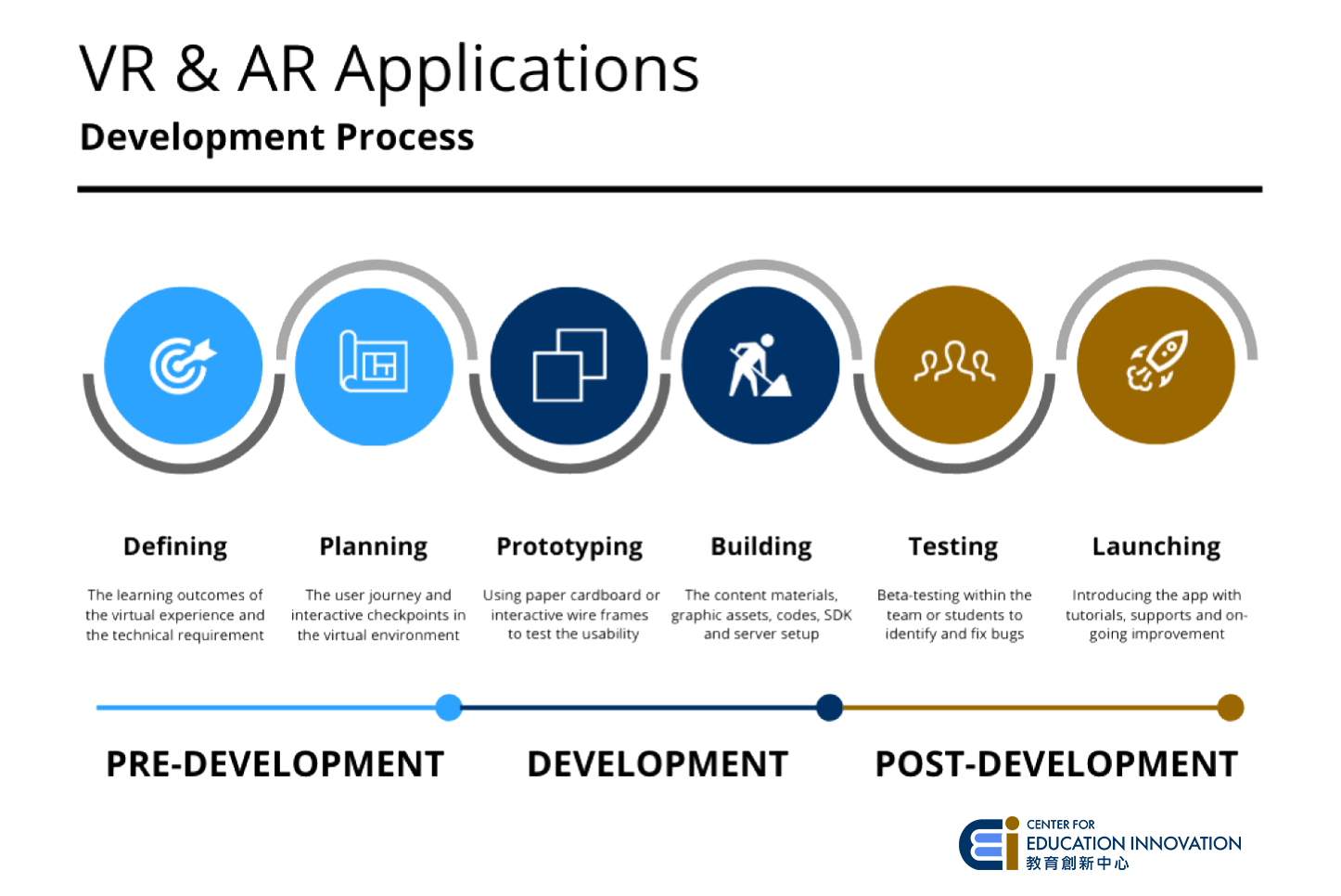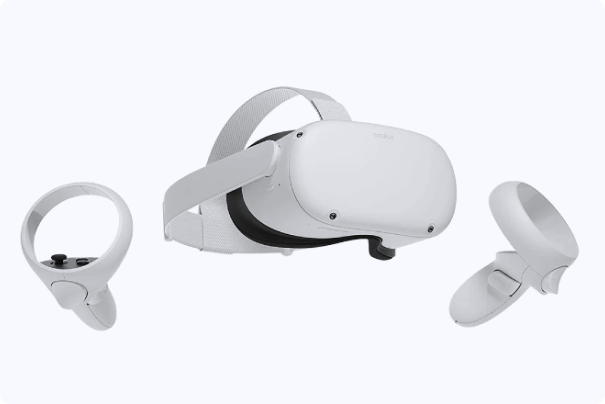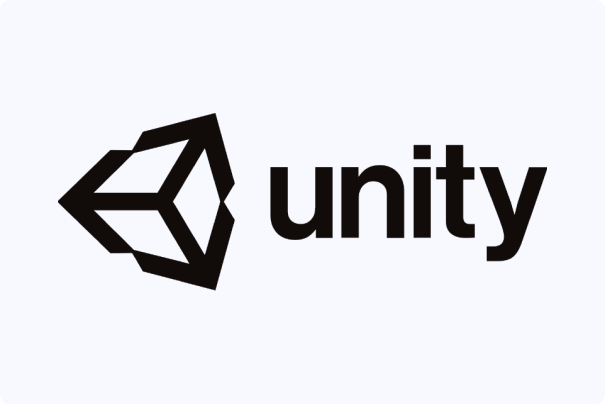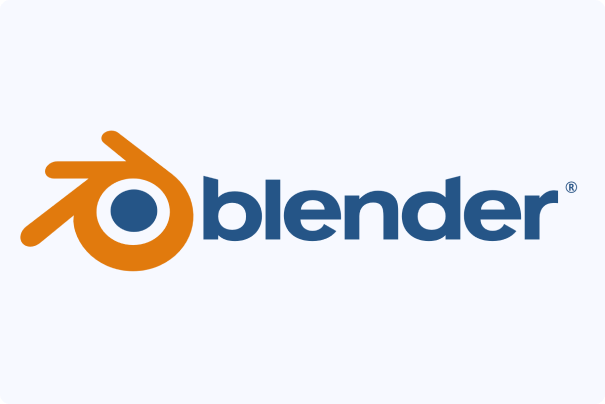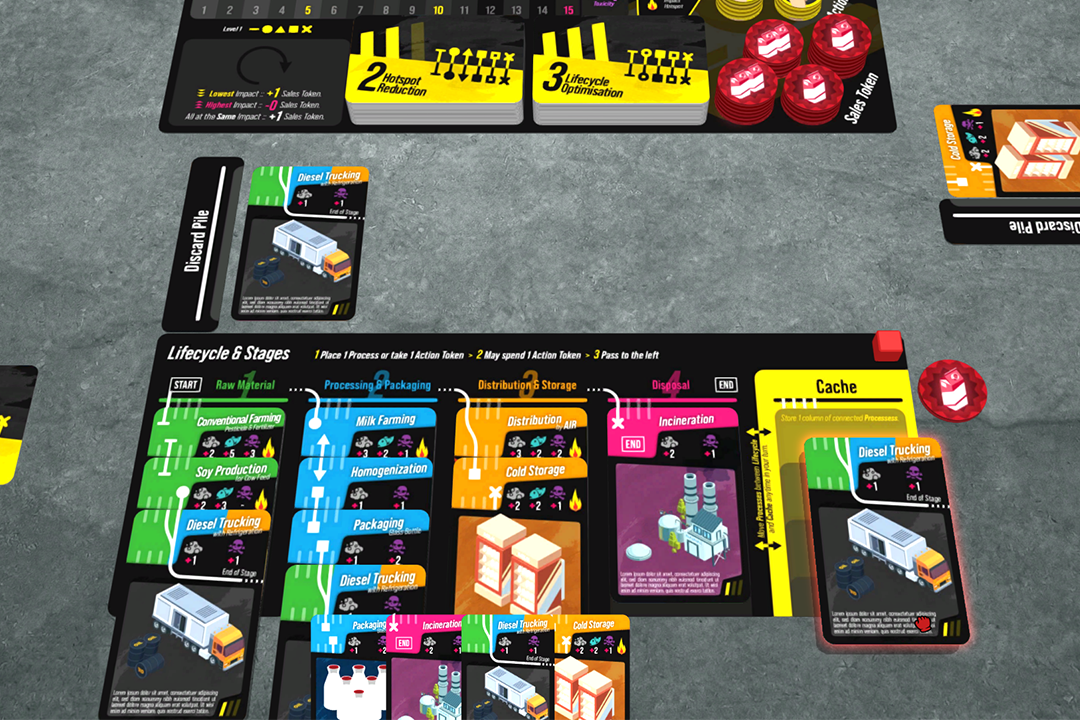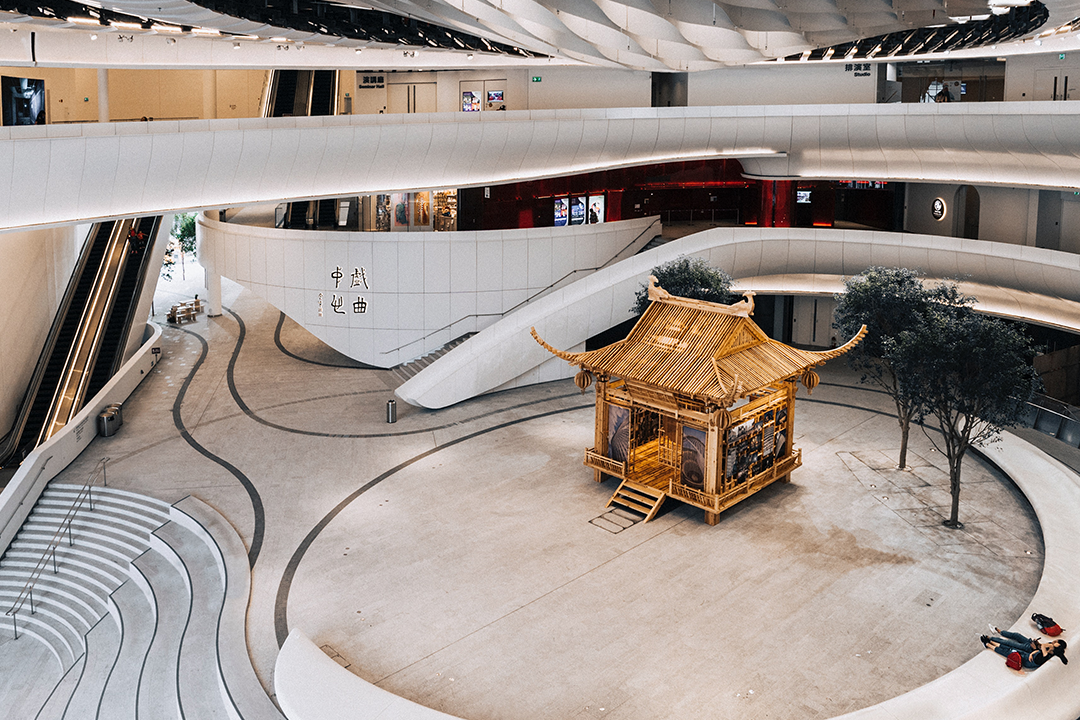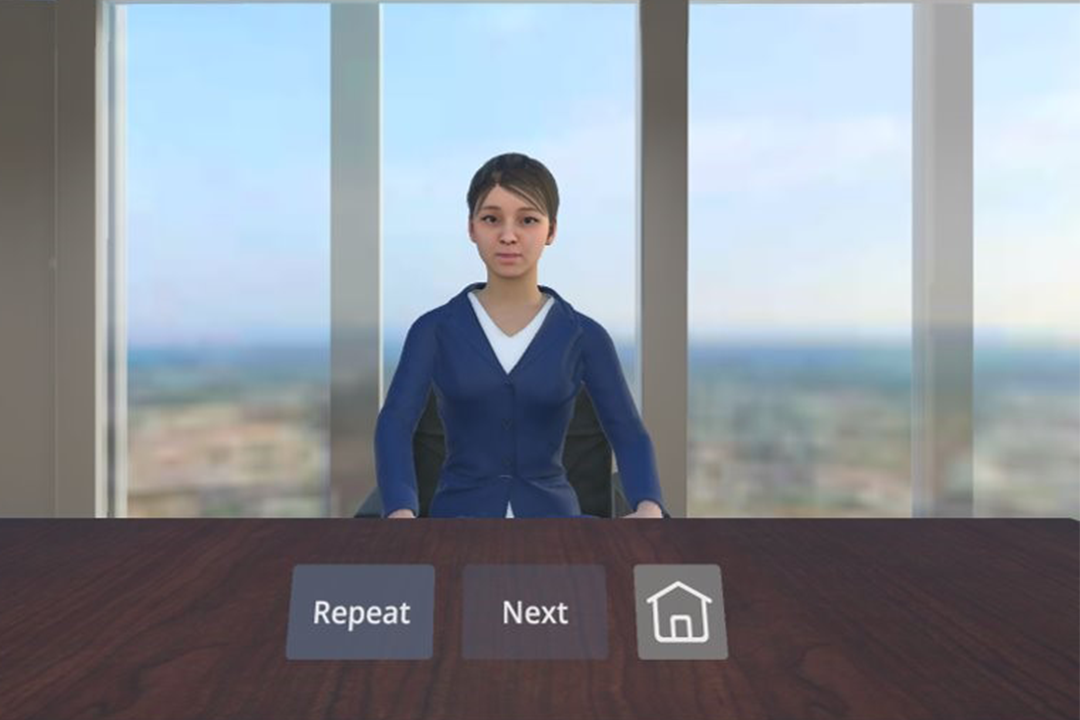
What are Augmented Reality (AR) & Virtual Reality (VR)?
Virtual Reality (VR) is a fully computer-generated environment that gives you an immersive, sensational and interactive experience of being there, usually enabled by head-mounted headsets, such as the Facebook-owned Oculus headsets. One of the uses of VR in higher education is to create a safe virtual environment for students to practice and receive feedback on their presentation, communication and interview skills.
Augmented reality (AR) is used to enhance the natural environments and offer perceptually enriched experiences through the use of a camera-equipped device like our phones. In some medical schools, for example, this technology is used to virtually guide surgical students to perform rare operational procedures, and study the blood flow through the heart, arteries and veins in a digital body.
Are AR or VR right for you?
 Do you want to add more interactivity with or among the students in delivering your
learning content?
Do you want to add more interactivity with or among the students in delivering your
learning content?
 Do you want to better visualise and explain any abstract concepts?
Do you want to better visualise and explain any abstract concepts?
 Do your students need more hands-on opportunities to apply the procedural knowledge in your course?
Do your students need more hands-on opportunities to apply the procedural knowledge in your course?
 Do you want to scale certain learning experience to more students without adding more staff or time?
Do you want to scale certain learning experience to more students without adding more staff or time?
Type of AR/VR
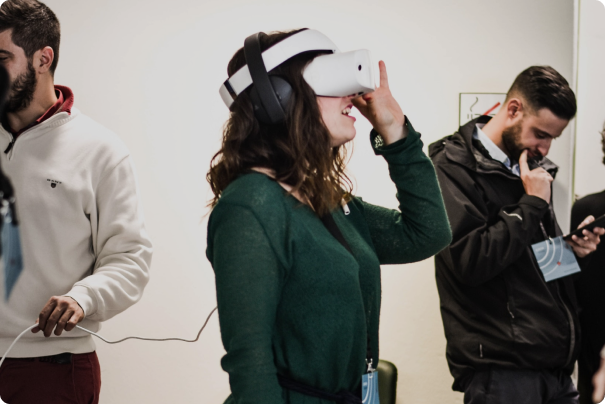
Virtual Interactive Tours
Virtual interactive tours, where your students navigate, explore and interact with additional information (e.g. texts, videos, audios) in a virtual environment created by 360-degree pictures or videos (example)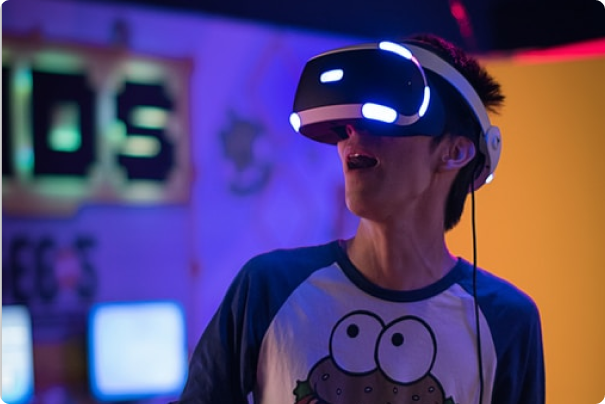
Virtual Immersive Experiences
Virtual immersive experiences, where your students explore, interact and perform tasks in a virtual environment enabled by VR headsets and controllers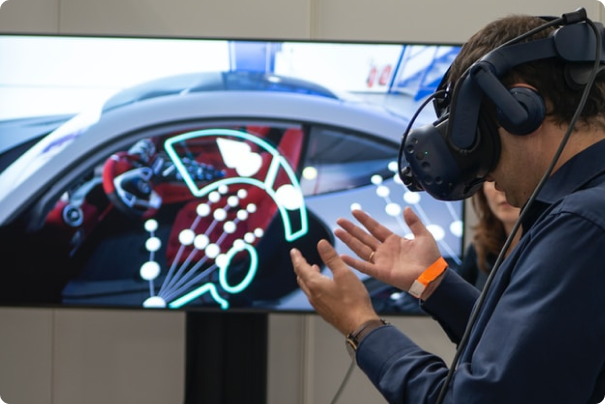
Augmented Visual Experiences
Augmented visual experiences, where your students explore, view and interact with overlaid media information by scanning an object with their phones or tabletsHow can you develop AR or VR for your TLIP?
